Unlocking your potential in charcoal drawing can be both enchanting and eerie, especially when the art weaves into the realm of the macabre. Scary charcoal drawing is an artist’s gateway to exploring fear and intrigue through shadow and form. This technique allows the creator to delve into the darkness and bring out evocative artwork that can chill and thrill. Let’s brush the charcoal dust off and discover how to master this haunting craft.
Understanding Charcoal as a Medium
Choosing the Right Charcoal
Different forms of charcoal offer various textures and effects. Vine charcoal is brittle and allows for light, wispy lines, perfect for initial sketches and soft shadows. Compressed charcoal is denser and produces intense, rich blacks for dramatic contrasts. Picking the proper charcoal will influence the darkness and intensity of your artwork.
Preparing Your Drawing Surface
A textured paper will interact with charcoal differently than a smooth one. A paper with a “tooth” or a rougher surface can hold more charcoal, which is ideal for darker, more intense drawings. Prep your paper by giving it a base layer of charcoal that you can work into or erase for lighter areas.
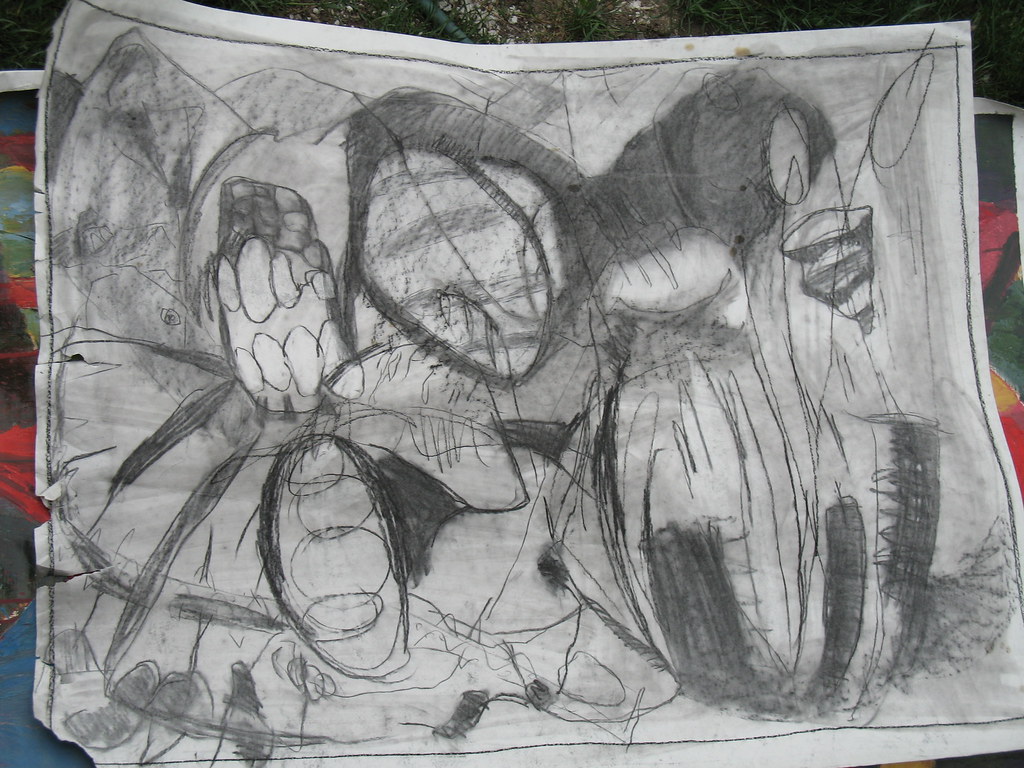
Laying the Foundations of Your Sketch
Creating Initial Lines and Shapes
Begin by loosely applying vine charcoal to put down basic lines and shapes. Don’t press too hard; let the eeriness of the artwork build slowly. Use light and flowing strokes to outline the main features and compose the general essence of what you’re about to create.
Establishing a Value Scale
Define light, medium, and dark tones early on as they will guide you in rendering your subject matter with depth. Start identifying where the deepest shadows will lie and where your highlights will contrast them. This value scale is crucial in setting the mood for your scary drawing.
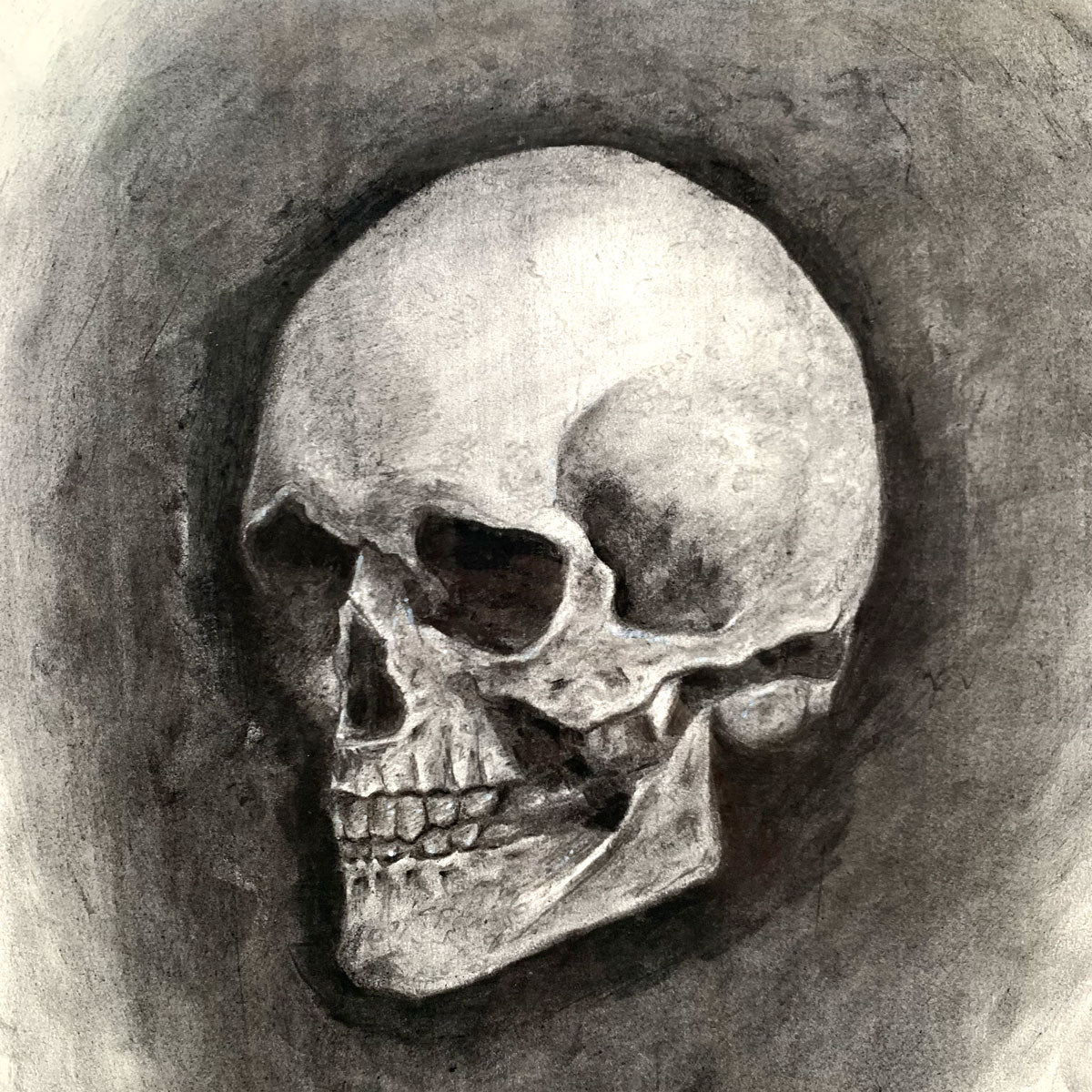
Techniques for Texture and Contrast
Building up Shadows and Texture
Charcoal’s advantage lies in its ability to build and blend. Apply the charcoal in layers, gradually increasing pressure for darker areas. Smudging and blending with a finger or blending stump can create subtle textures like fog or ghostly figures, adding a haunting atmosphere to the piece.
Creating Contrast with Highlights
Scary charcoal drawings often rely on stark contrasts to create visual shocks. Use your eraser or kneaded rubber to carve out highlights from the shadowy backgrounds, adding shockingly bright elements to your monstrous figures, or ghostly apparitions that make your eerie landscapes come to life.
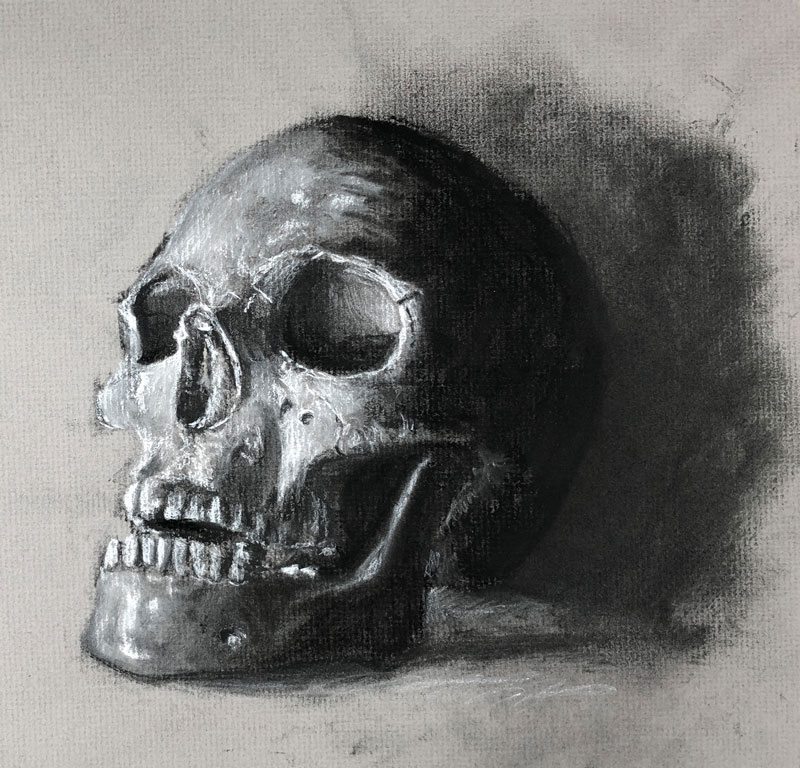
Expanding the Darkness
Emphasizing Dark Tones for Depth
In scary art, darkness can be all-encompassing or just lurking in the corners. You’ll want to emphasize dark tones where they can deepen the sense of fear. Think about where the absence of light can accentuate the scary aspects of your drawing. Use your compressed charcoal to darken these specific areas further.
Contouring with Mid-tones
Not all shadows are pitch black. Use mid-tones to give form to your subjects and ensure they appear three-dimensional. While they lie between your darkest darks and lightest lights, these tones define edges and contours and contribute heavily to the overall spookiness of your artwork.
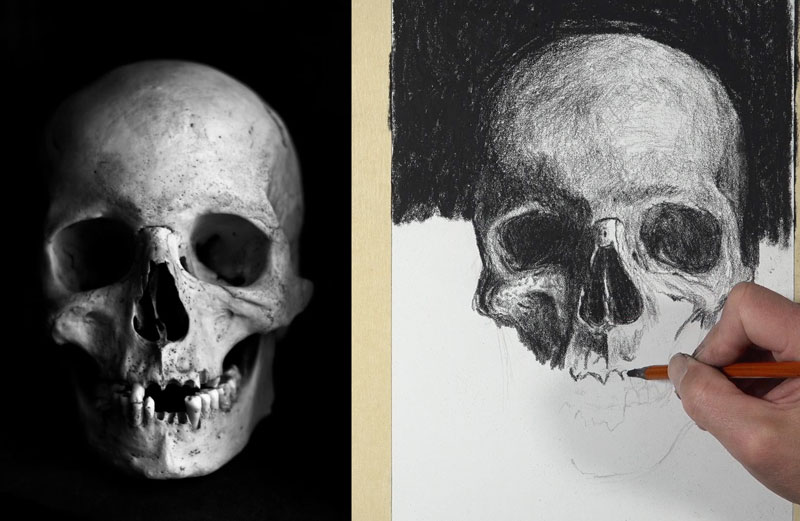
Adding the Final Spine-Chilling Touches
Detailing with Precision Tools
Honing in on details can elevate the scare factor. Invest in charcoal pencils for those fine lines that will give your monstrous beings their sinister edge or your eerie landscapes their desolate feel. Use them to define the intricate lines that will draw viewers in for a closer—perhaps unsettling—look.
Assessing and Adjusting the Atmosphere
Take a step back to evaluate the atmosphere of your drawing. Does it convey the bone-chilling sentiment you’re aiming for? Adjust as necessary—darken some areas, lighten others, and ensure your intended focal points evoke the desired sense of dread.
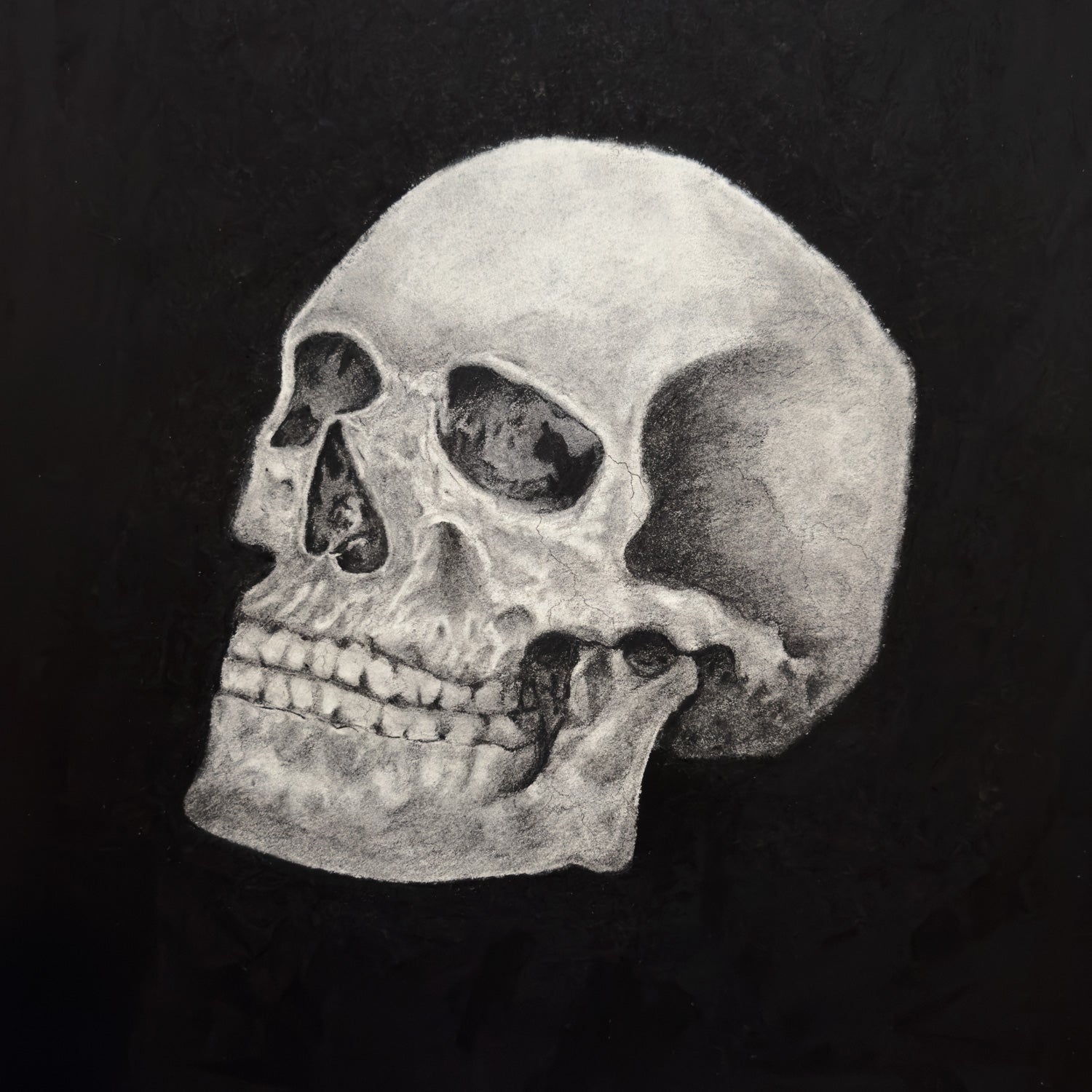
Protecting Your Scary Masterpiece
Fixing Your Drawing
Charcoal is a fragile medium that can smudge with the slightest touch, so it’s crucial to preserve your finished piece. Use a fixative spray to prevent the charcoal from wiping off. Hold the can at a distance to apply a light and even coat, then let it dry.
Storing and Displaying Safe from Harm
After spraying, your scary charcoal drawing should be safe from smudging, but it’s still vulnerable to other damage. Store it away from direct sunlight to prevent fading or in a frame under glass to showcase it safely. These precautions will help keep your spooky scenes gloomy and foreboding for years to come.
Cultivating A Spooky Narrative
Invoking Terrors Through Imagery
To truly excel in scary charcoal drawing, you must infuse your artwork with a narrative that speaks—or whispers ominously—of otherworldly terrors. Envision the stories behind the ghouls or the desolate landscapes you’re depicting. Incorporate elements that suggest motion or the passage of time: twisted trees that beckon, disheveled houses with a history of horror, or spectral figures with expressions of malevolent intent. Each stroke of charcoal should serve your sinister story, ramping up the tension and dread.
Playing With Perspective for Unease
Narrative tension can be amplified by experimenting with perspective. Draw viewers into your eerie world by using unusual or distorted perspectives that unsettle the eye. Overhead views, looming shadows, and fisheye distortions can all create feelings of disorientation and anxiety. When your subjects loom large or seem ready to leap off the page, you engage viewers’ primal fears, making the experience of viewing your work a walk on the paranormal side.
Adding Symbolic Elements to Enhance Horror
Incorporate symbols and icons of horror within your sketches to add layers of fear. Consider traditional emblems of terror such as skulls, crows, and broken clocks. Use these symbols sparingly, hidden within the folds of your drawing, ready to be discovered by an observant eye. When recognized, they silently contribute to the overall atmosphere of horror, making the hairs rise on the back of the viewer’s neck as they comprehend the full scope of the artwork’s grim tale.
Embracing the Macabre Muse
Finding Inspiration in Darkness
While technique is fundamental, it’s your inspiration and creative muse that will truly breathe life—or death—into your eerie charcoal compositions. Seek inspiration from the darker avenues of art and literature. Read gothic tales, study the old masters of macabre painting, and watch films that delve into deep horror. Draw inspiration from these sources, let your imagination roam within shadowed realms, and allow the creatures and scenes you visualize to spill out onto your canvas.